If you’re a little out of sorts lately, and your doctor can’t figure out why, then maybe you should have your iron levels checked.
Women need to be especially vigilant when it comes to iron levels, as iron deficiency is more common in women than men.
Having an iron deficiency can significantly impact your quality of life and your overall well-being. But once you know what to look out for, you can easily address this common nutritional deficiency.
- What is an Iron Deficiency?
- Causes of Iron Deficiency
- Signs of Iron Deficiency
- Fatigue
- Pica – Non-Food Cravings
- Skin & Eye Problems
- Restless Leg Syndrome
- Anxiety, Stress & Depression
- Feeling Cold
- Hair Loss & Brittle Nails
- Dizziness & Vertigo
- Diagnosing and Treating Iron Deficiency
- Not all Blood Tests Are Equal
- How Much Iron Do We Need?
- Dietary Sources of Iron
- Supercharge Your Iron Absorption
Table of Contents
+What is an Iron Deficiency?
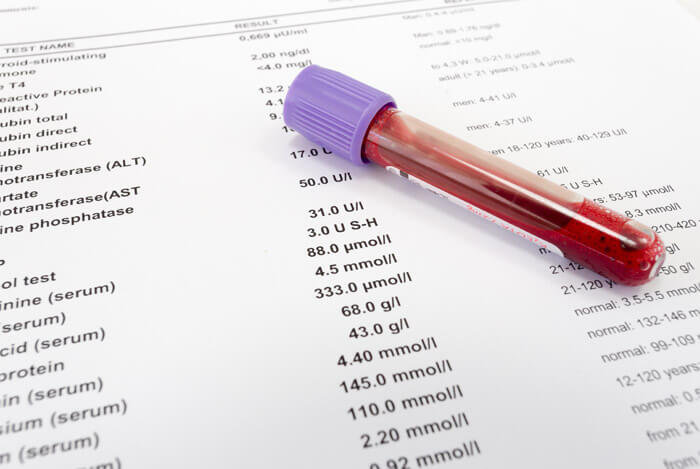 Iron is essential in the production of hemoglobin – the substance in red blood cells that transports oxygen all over the body.
Iron is essential in the production of hemoglobin – the substance in red blood cells that transports oxygen all over the body.
If you don’t have enough iron, your body has to work harder to get the energy it needs to transport this oxygen to where it needs to go.
A lack of iron in your body will eventually lead to a decrease in the production of red blood cells and iron-deficiency anemia.
Causes of Iron Deficiency
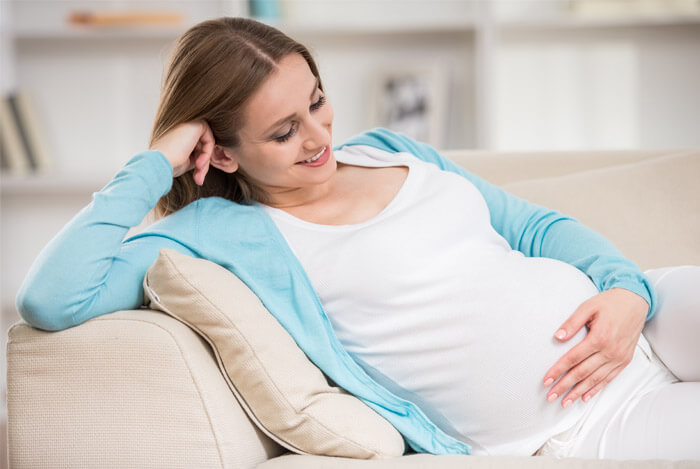 The Mayo Clinic lists the following as the main causes of iron deficiency:
The Mayo Clinic lists the following as the main causes of iron deficiency:
- Blood loss – this can occur as the result of gastrointestinal bleeding, like that caused by aspirin, peptic ulcers or colorectal cancer; or from heavy menstrual periods.
- A lack of iron in your diet – if you don’t get enough iron from food sources, over time you will become deficient.
- An inability to absorb iron – intestinal disorders like celiac disease, or intestinal surgery, can affect your body’s ability to absorb nutrients from digested food.
- Pregnancy – pregnant women need more iron to serve their own increased levels of blood, as well as those of their baby.
Signs of Iron Deficiency
So let’s list some of the signs of low iron levels, or iron-deficiency anemia.
Fatigue
 Are you exhausted, weak and irritable?
Are you exhausted, weak and irritable?
I don’t mean after the nights you don’t get enough sleep. I’m talking about a continuous tiredness that lasts several weeks or even months.
Prolonged tiredness, known as fatigue, is one of the top symptoms of an iron deficiency.
Fatigue occurs because the body doesn’t have enough red blood cells to carry oxygen to its many parts.
Of course, fatigue can have many other underlying causes besides an iron deficiency including alcohol abuse, prescription medications, too much caffeine, psychological conditions like depression or various other medical issues.
You might also be deficient in other essential nutrients, such as magnesium.
Fatigue can even be caused by too much iron in the blood, known as hemochromatosis!
Pica – Non-Food Cravings
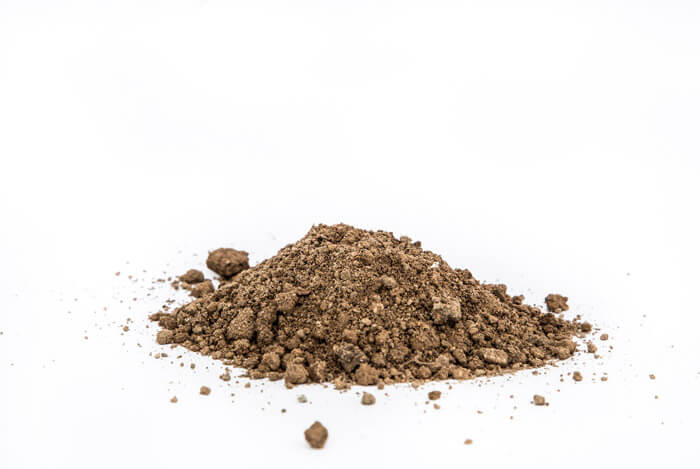 Pica, or the phenomenon of craving non-food items such as dirt, ice and paper, is usually associated with pregnancy, although it’s actually most common in young children.
Pica, or the phenomenon of craving non-food items such as dirt, ice and paper, is usually associated with pregnancy, although it’s actually most common in young children.
However, pica is also one of the lesser known side effects of malnutrition, including a lack of iron or zinc in the diet.
While the exact reason why iron deficiency causes pica is not known, there is a strong enough link for some experts to recommend that blood iron levels should be tested in cases of pica.
Skin & Eye Problems
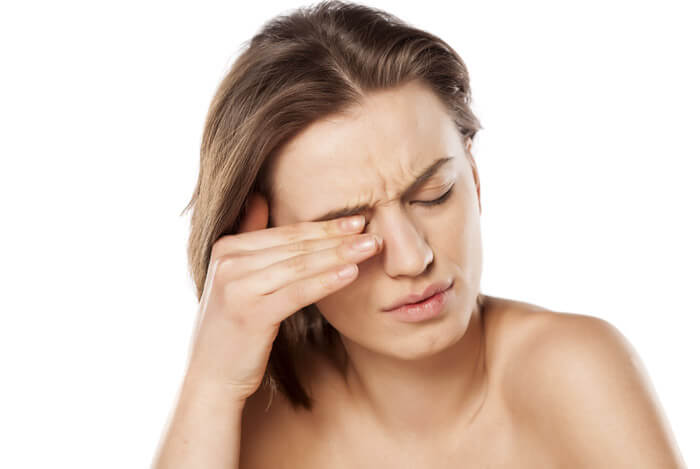 If you’ve been soaking up the sun, getting your dose of vitamin D, yet your skin is pale or peaky, then it might be down to your iron levels.
If you’ve been soaking up the sun, getting your dose of vitamin D, yet your skin is pale or peaky, then it might be down to your iron levels.
Anemia can cause skin paleness, especially around the hands, nails and eyelids.
In some cases of iron deficiency, you may develop angular cheilitis, which leads to cracking of the skin near the corners of the mouth or pruritus, a harmless but irritating itchy skin condition.
It might even affect the color of your eyes!
According to an observational study, published in the Journal of General Internal Medicine, paleness of the eyes is one of the most reliable signs of anemia, even if other symptoms are not present.
Restless Leg Syndrome
 This is a neurological disorder characterized by unpleasant sensations in the leg, including throbbing, or creeping, and an uncontrollable urge to move them.
This is a neurological disorder characterized by unpleasant sensations in the leg, including throbbing, or creeping, and an uncontrollable urge to move them.
According to John Hopkins Medicine, the single most consistent finding associated with restless leg syndrome (RLS) is an iron deficiency. They also state that even if blood iron levels are normal, patients with RLS often have low levels of iron in their brains.
A study on the effects of giving 1000 mg of iron intravenously to non-anemic patients with mainly normal blood iron levels, found that almost half the participants had at least a moderate improvement in their symptoms.
Just over 20% were almost completely relieved of symptoms after the iron infusion.
Anxiety, Stress & Depression
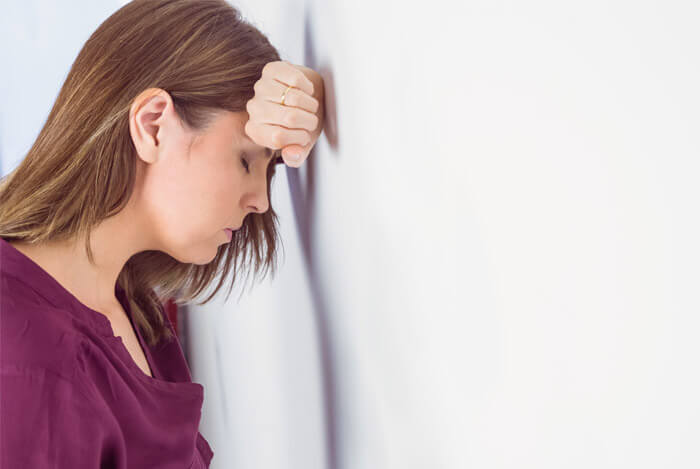 A lack of iron may contribute to the development or exacerbation of an anxiety disorder.
A lack of iron may contribute to the development or exacerbation of an anxiety disorder.
A Japanese study has linked a lack of both vitamin B6 and iron with panic or hyperventilation attacks, some of which were so bad that participants ended up in the emergency room.
This may happen because B vitamins and iron play an important role in the synthesis of tryptophan into serotonin – the neurotransmitter that regulates both mood and sleep.
Another study, published in the Journal of Nutrition, has shown a strong link between iron deficiency and anxiety, stress and depression in young mothers.
What’s more, supplementing with iron led to a 25% improvement in these symptoms.
Feeling Cold
 If you’re the only one in the room huddled up in a fleecy sweater, you might be lacking in iron.
If you’re the only one in the room huddled up in a fleecy sweater, you might be lacking in iron.
A Research Physiologist with the United States Department of Agriculture conducted an experiment, whereby eleven women followed a low iron diet for six months. Their tolerance to the cold was then measured by asking them to sit, in a bathing suit, in a cold room and only leave when they began to shiver.
The same women were then fed an iron rich diet for 100 days and put into the same cold room, again in a bathing suit. Not only were they able to withstand the cold for an additional 8 minutes this time, but their core body temperature fell by just half of what it had in the first experiment.
Yet another slightly sadistic researcher conducted a similar experiment on 26 women, measuring their tolerance to cold by putting them into a freezing bath.
Those low in iron saw their body temperature fall far more than those who had the highest blood iron levels.
Of course, feeling cold can be linked with many things including not getting enough healthy fat in your diet.
Hair Loss & Brittle Nails
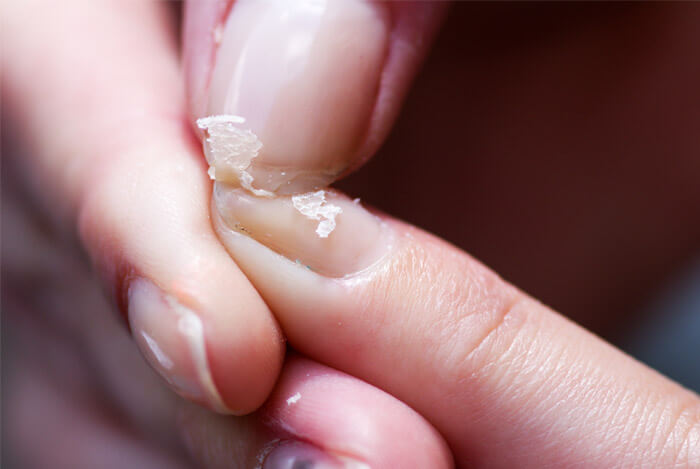 A review of 40 years of research shows that iron deficiency might have a much closer link to hair loss than doctors thought.
A review of 40 years of research shows that iron deficiency might have a much closer link to hair loss than doctors thought.
The good news is that, according to the Cleveland Clinic Foundation, treatment for hair loss is enhanced when iron deficiency is addressed.
Keep an eye on your nails too – with an iron deficiency the nail bed can become thin and concave with raised ridges.
Dizziness & Vertigo
 Even though most people think vertigo is a fear of heights, it actually means something completely different. Just so you know – acrophobia is the correct term used for a fear of heights!
Even though most people think vertigo is a fear of heights, it actually means something completely different. Just so you know – acrophobia is the correct term used for a fear of heights!
Vertigo is a specific kind of dizziness – a sense that you, or your surroundings, are moving or spinning when they’re not. This unpleasant sensation can sometimes be a side effect of iron deficiency.
It may be because dizziness results from poor oxygen supply to the brain and, as we already know, iron is needed to efficiently transport oxygen to various parts of the body.
In a study of students in Sweden, it was found that symptoms of vertigo/dizziness were significantly more common in students with iron deficiency. Supplementing with iron was found to reduce the students’ symptoms of dizziness, irritability and depression.
The science still isn’t complete on this topic, but it is one more reason to eat enough iron.
Diagnosing and Treating Iron Deficiency
 If any of the above symptoms sound like you, then you may have an iron deficiency. The best way to find out is to go to your doctor for a blood test.
If any of the above symptoms sound like you, then you may have an iron deficiency. The best way to find out is to go to your doctor for a blood test.
They may prescribe medication, supplements, or simply dietary modifications – it’s important to always follow your doctor’s advice on this.
Not all Blood Tests Are Equal
 There are several types of blood tests you can get to diagnose iron deficiency, with most doctors opting for a basic test first.
There are several types of blood tests you can get to diagnose iron deficiency, with most doctors opting for a basic test first.
However, these tests can be misleading, so it’s a good idea to get your ferritin level checked and get the numbered result rather than just a results range.
If the result is under 60 ng/mL, and you’re experiencing any symptoms like the ones I’ve described above, then it suggests iron deficiency.
How Much Iron Do We Need?
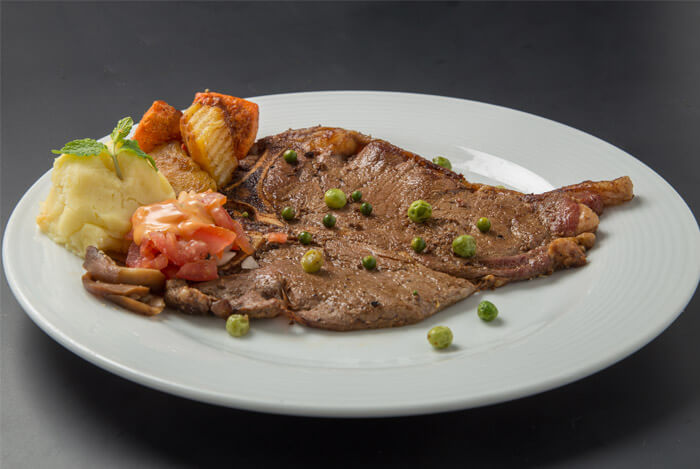 In general, the National Institutes of Health recommend that men over 18 consume 8 mg of iron a day, while women should get 18 mg. Women over 51 years of age need only consume 8 mg. Pregnant women should consume around 27 mg daily.
In general, the National Institutes of Health recommend that men over 18 consume 8 mg of iron a day, while women should get 18 mg. Women over 51 years of age need only consume 8 mg. Pregnant women should consume around 27 mg daily.
Vegetarians and vegans will need to eat 1.8 times more iron than meat-eaters, as the iron from plant-based foods is less readily absorbed by the body.
Dietary Sources of Iron
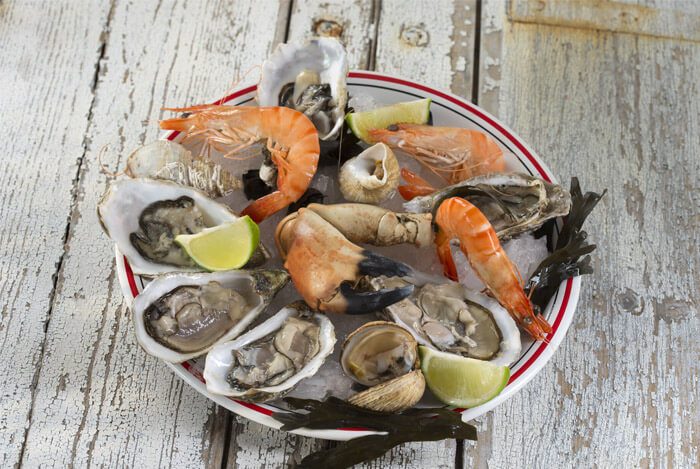 There are actually two different types of iron:
There are actually two different types of iron:
- Heme Iron – derived from animal foods
- Non-Heme Iron – derived from plant sources, which forms the bulk of most dietary sources of iron
Foods that provide a decent amount (3.5 mg or more) of iron include:
- 3 oz beef or chicken liver
- 3 oz shellfish such as clams, mussels and oysters
- Cup of cooked beans
- Half cup tofu
- 1 oz pumpkin, sesame or squash seeds
Good sources of iron, at 2.1 mg or more, include:
- 3 oz canned sardines in oil
- 3 oz cooked beef or turkey
- Half cup of canned lima beans, red kidney beans or chickpeas
- One medium baked potato
- One medium stalk of broccoli
- Cup of dried apricots
Other sources, 0.7 mg or more, of iron are:
- 3 oz of chicken or ham
- 3 oz of fish like halibut, haddock, salmon, or tuna
- 1 oz of nuts (pecans, walnuts, pistachios, roasted almonds or cashews)
- Cup of spinach
- Cup of pasta or rice
- Medium green pepper
Supercharge Your Iron Absorption
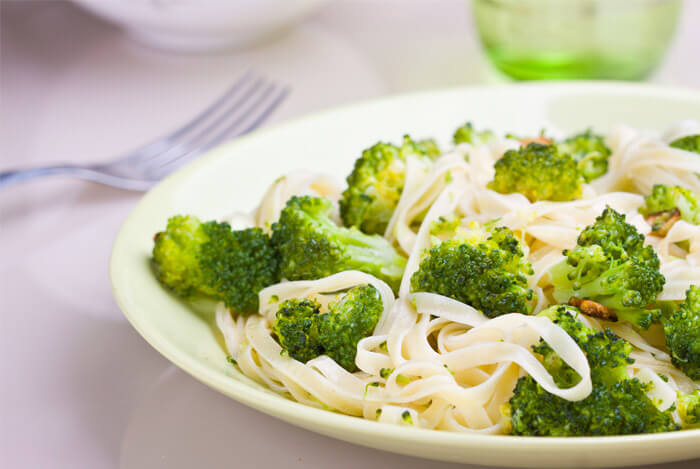 When you see the low levels of iron in some foods, you can see how it may be easy to become deficient in iron, particularly if you are a vegetarian woman or pregnant!
When you see the low levels of iron in some foods, you can see how it may be easy to become deficient in iron, particularly if you are a vegetarian woman or pregnant!
Want to know the secret to getting the most iron out of your food?
It’s easy!
Add a source of vitamin C to an iron-rich food (particularly non-heme iron) and it will boost your absorption of the iron.
Try squeezing some lemon juice over your kale salad, serving your pasta dish with steamed broccoli, or topping your strawberries with a handful of iron-rich nuts and seeds.
You can also eat non-heme iron foods with heme foods to boost the non-heme iron absorption.










